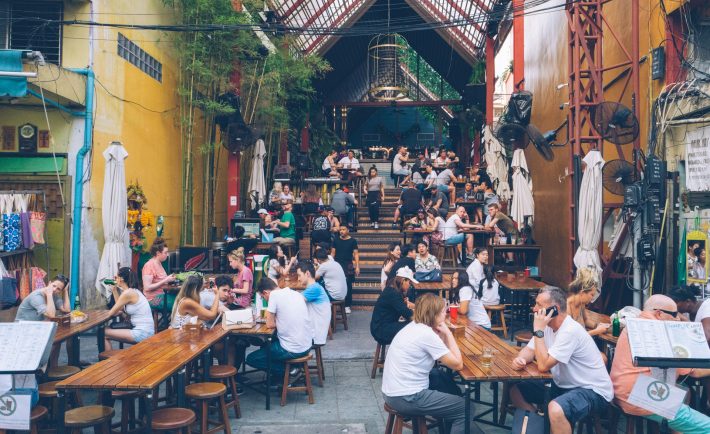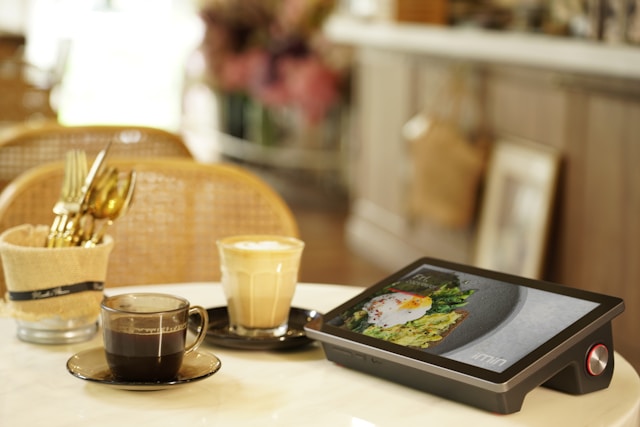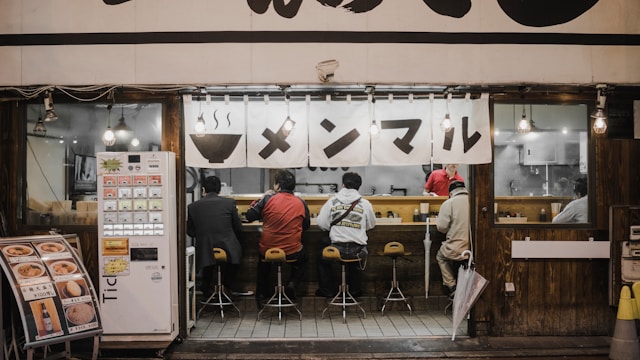Browsed any online store recently? You’ve probably encountered the enticing “Buy Now, Pay Later” (BNPL) option. With the promise of splitting payments over weeks or months without interest or hefty fees, it seems like a dream come true. For many, it has been. Yet, as it becomes a tool for essentials like groceries, it’s worth pausing to consider: is BNPL as great as it seems?
#1: BUYER’S REMORSE HITS TOO LATE
Remember the days of saving for that dream pair of sneaks, making payments, and only taking them home after they were fully yours? BNPL flips this script. You get your purchase instantly, and with the click of a button, you’re locked into a commitment before common sense kicks in.
If regret creeps in later, BNPL doesn’t care. Essentially, you’ve handed over control of your wallet.
#2: RISKY CONNECTION TO YOUR CARDS
BNPL payments are often tied directly to your debit or credit card. Miss a payment due to insufficient funds? Expect a late fee. Fail to pay off your credit card balance on time? That BNPL purchase suddenly carries a hefty interest charge. What starts as a seemingly free loan could snowball into a mess of late fees and mounting credit card debt.
#3: IMPULSE SPENDING MADE EASY
Saving up for a purchase gives you time to evaluate if it’s truly necessary. BNPL removes that waiting period, nudging you to click buy without hesitation. So, if you’re going to use BNPL, be intentional. A new wardrobe for a job might be justifiable. A shopping spree because it’s interest-free? Not so much.
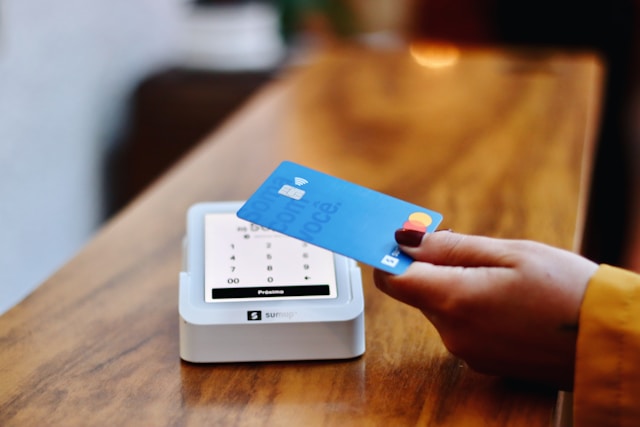
Image Credits: unsplash.com
#4: HAVING A MINDSET OF “ZERO” INTEREST
While many BNPL services advertise zero-interest payments, not all plans are created equal. Larger purchases, like appliances or electronics, may come with longer terms and interest. Sometimes, the interest rates are even higher than what your credit card might charge.
The trouble? It’s all too easy to click “BNPL” without fully reading the terms. Once the purchase is processed, undoing it can be a challenge.
#5: TRAPPED BY HIDDEN PSYCHOLOGY TRICKS
One of BNPL’s sneakiest pitfalls is how it breaks down costs. A purchase of S$80 might feel like a mere S$20 every fortnight. While this makes items feel more affordable, it also detaches you from the full cost. Couple this with a lack of financial education and relentless advertising, and many see BNPL as a way to manage money. The result? Early reliance on debt and a lifetime habit of paying things off in chunks rather than saving.
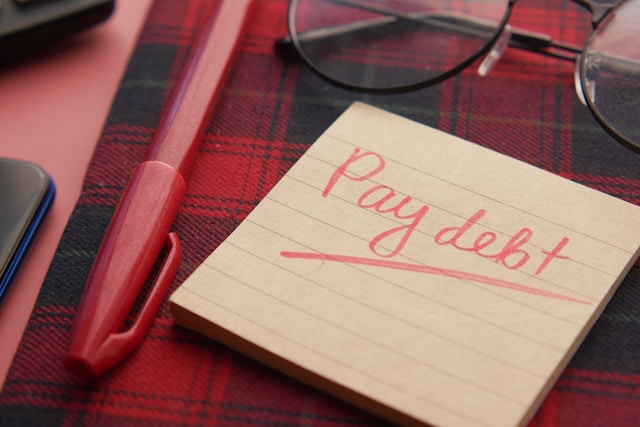
Image Credits: unsplash.com
IN A NUTSHELL
Don’t buy it if you cannot afford it. If you’re tempted, ask yourself: Do I truly need this? Can I pay for it outright?
Financial freedom isn’t about splitting payments or juggling debts. It’s about saving and spending within your means. BNPL may be a tool, but it’s not a safety net. In the end, whatever you’re buying will feel far better when they’re truly yours.


